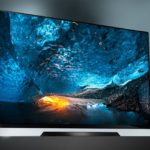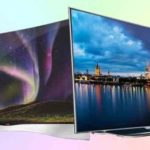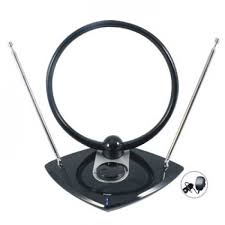TVs ice and oled: what is the difference
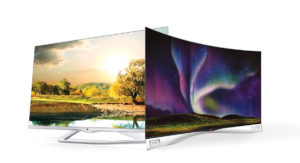 We sometimes spend a significant part of our free time watching TV. Just 10–15 years ago, the choice of models was relatively small, and the whole difficulty of choosing was in the size of the screen diagonal; the larger, the more expensive. But with the development of new technologies, more and more different functions appear, such as Smart TV and built-in Wifi. In addition, new OLED technology has appeared next to the already familiar LED matrices. Let's take a closer look at what their differences are.
We sometimes spend a significant part of our free time watching TV. Just 10–15 years ago, the choice of models was relatively small, and the whole difficulty of choosing was in the size of the screen diagonal; the larger, the more expensive. But with the development of new technologies, more and more different functions appear, such as Smart TV and built-in Wifi. In addition, new OLED technology has appeared next to the already familiar LED matrices. Let's take a closer look at what their differences are.
The content of the article
Ice TV and its features
LED technology is found not only in televisions, it can also be LEDs, flashlights, or backlit electronic clocks. Led is a light emitting diode, and such displays operate on thousands of LEDs that provide the necessary illumination. Removing the LEDs and the image quality would be similar to if you put the screen under the sun's rays and turn the brightness down to a minimum.
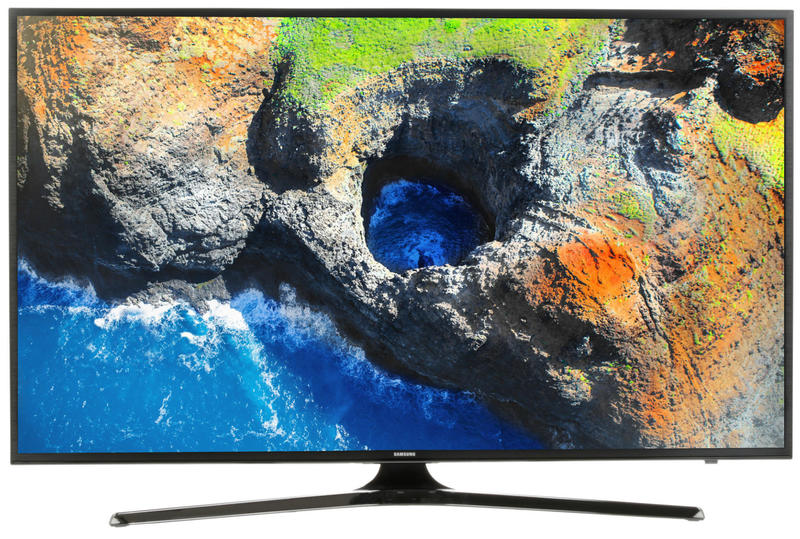
Oled TV and its features
 The Oled matrix has a completely different structure; it is built on special organic crystals (the letter O at the beginning means organic), which do not need LED backlighting, but are capable of emitting light themselves. In this way, an image of unique quality is created, due to the fact that each pixel itself knows when to emit light. This sophisticated technology is reflected in the cost of the Oled matrix.
The Oled matrix has a completely different structure; it is built on special organic crystals (the letter O at the beginning means organic), which do not need LED backlighting, but are capable of emitting light themselves. In this way, an image of unique quality is created, due to the fact that each pixel itself knows when to emit light. This sophisticated technology is reflected in the cost of the Oled matrix.
What is the difference between ice and ice TVs?
Several factors account for the main differences.
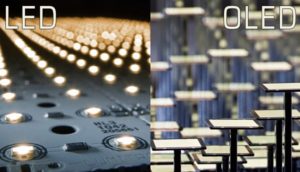 Principle of operation. The differences between Led and Oled are in the type of backlight; in an Led display it is a regular LED that emits red, blue or green colors, while in Oled TVs there are organic crystals that independently emit light.
Principle of operation. The differences between Led and Oled are in the type of backlight; in an Led display it is a regular LED that emits red, blue or green colors, while in Oled TVs there are organic crystals that independently emit light.- Specifications. In models based on organic LEDs, the declared service life is lower and is 30 thousand hours, while for Led displays it is up to 100 thousand hours. But whether this is a disadvantage in the case of home use still needs to be clarified, since even 30 thousand hours will be enough for 25 years of work if you watch it 3.5 hours a day.
- Screen thickness. For OLED models, it can be ridiculously small, only 2.57 mm.
Color difference
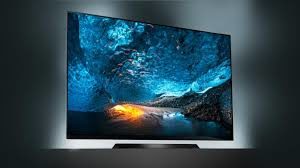 Standard LED displays at 4K resolution can convey excellent images, although they are inferior to Screens with Oled technology, which can convey blacks much better.
Standard LED displays at 4K resolution can convey excellent images, although they are inferior to Screens with Oled technology, which can convey blacks much better.
OLED TV manufacturers like to use the phrase “perfect contrast” to describe how OLEDs turn off blacks completely, creating full rather than partial color depth.
Differences in Brightness
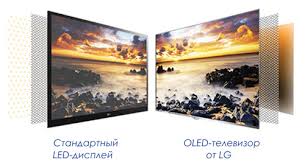 The brightness of conventional LED displays is still higher than the new OLED models. But high brightness is not always a good indicator; do not forget that this factor affects vision.
The brightness of conventional LED displays is still higher than the new OLED models. But high brightness is not always a good indicator; do not forget that this factor affects vision.
Important! In matrices based on organic crystals, it is not recommended to set high brightness, because it directly affects the service life.
Permission
Screen resolution on both types of matrices can be the highest 3840×2160, but on Oled matrices due to faster color changes, especially in dynamic scenes, the image quality is better than on standard LED matrices.
An OLED screen supports refresh rates of up to one thousandth of a millisecond, while standard LED panels support refresh rates of up to one millisecond, which is 1000 times faster.
Price policy
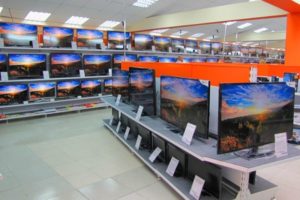 OLED panels have been produced over the past few years since 2012. In 2016, LG introduced 4 models with OLED matrices - G6, E6, C6 and B6. The following year, 5 models were released - G7, E7, C7, B7. Today, LG is not the only developer of this technology; in addition to it, PANASONIC is engaged in the production of OLED panels.
OLED panels have been produced over the past few years since 2012. In 2016, LG introduced 4 models with OLED matrices - G6, E6, C6 and B6. The following year, 5 models were released - G7, E7, C7, B7. Today, LG is not the only developer of this technology; in addition to it, PANASONIC is engaged in the production of OLED panels.
Due to such manufacturability and operating features, the production of Oled screens is a labor-intensive and costly process, which is reflected in the cost of this type of display. And at the moment, OLED TVs are several times more expensive than Led models.
Which is better, ice or ice TV
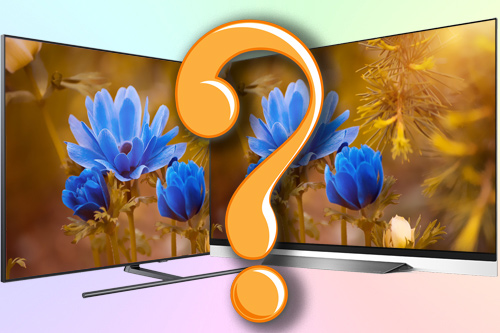
The main disadvantage of TVs with organic LEDs is their price, while in terms of color rendering quality, color change speed, and viewing angle they are superior to models using standard LEDs. Perhaps, over time, the technology for producing OLED models will become more advanced, and therefore cheaper, and the models, in turn, will be more affordable for the average buyer.

